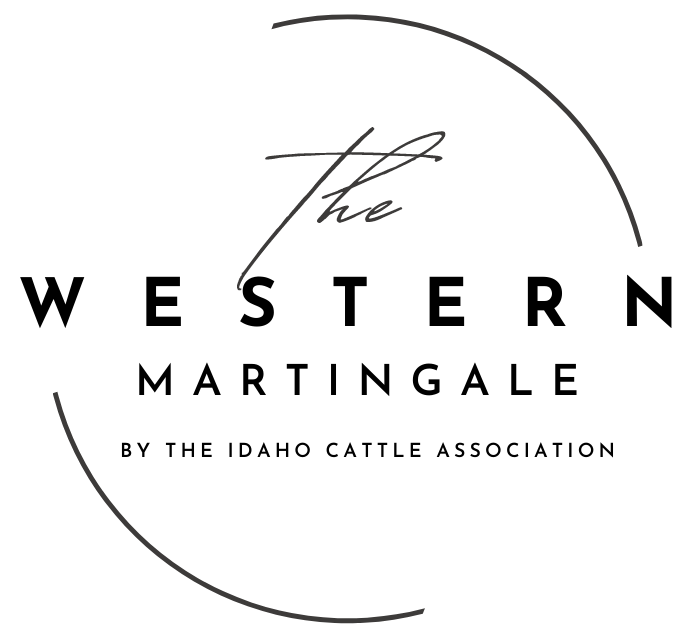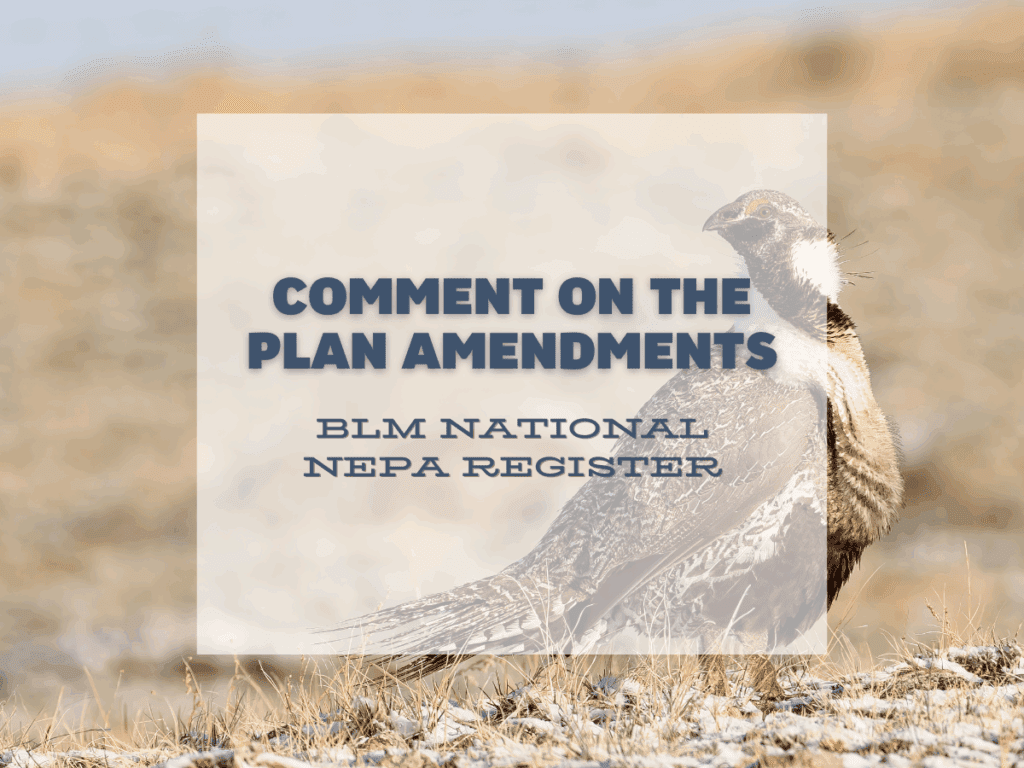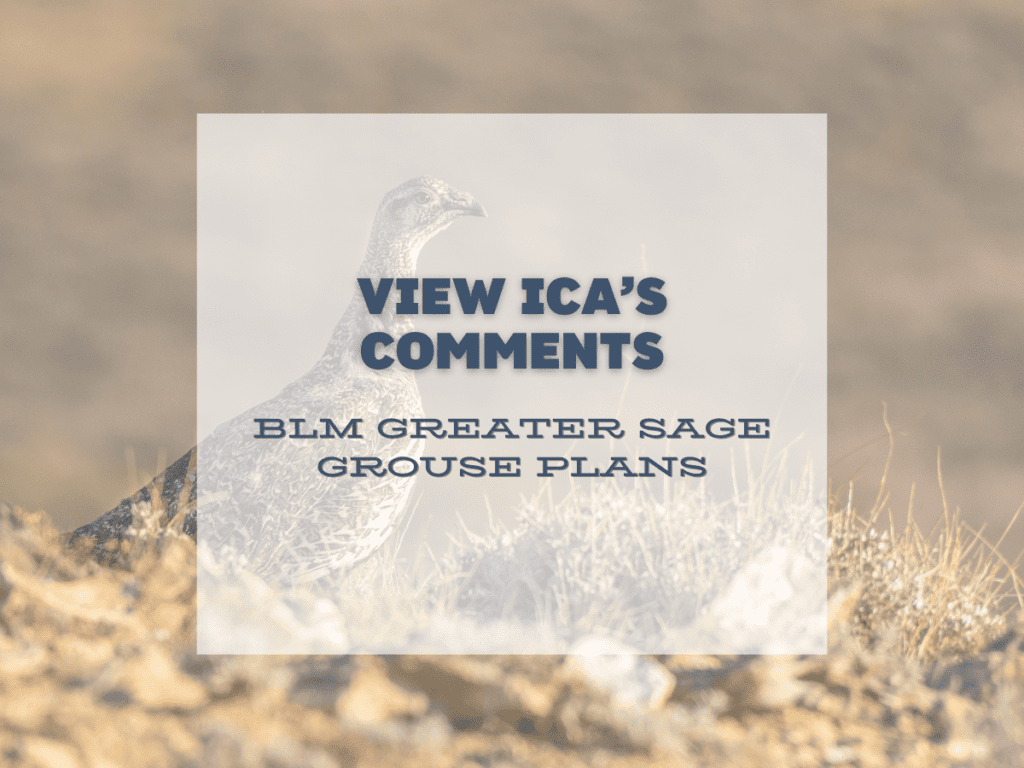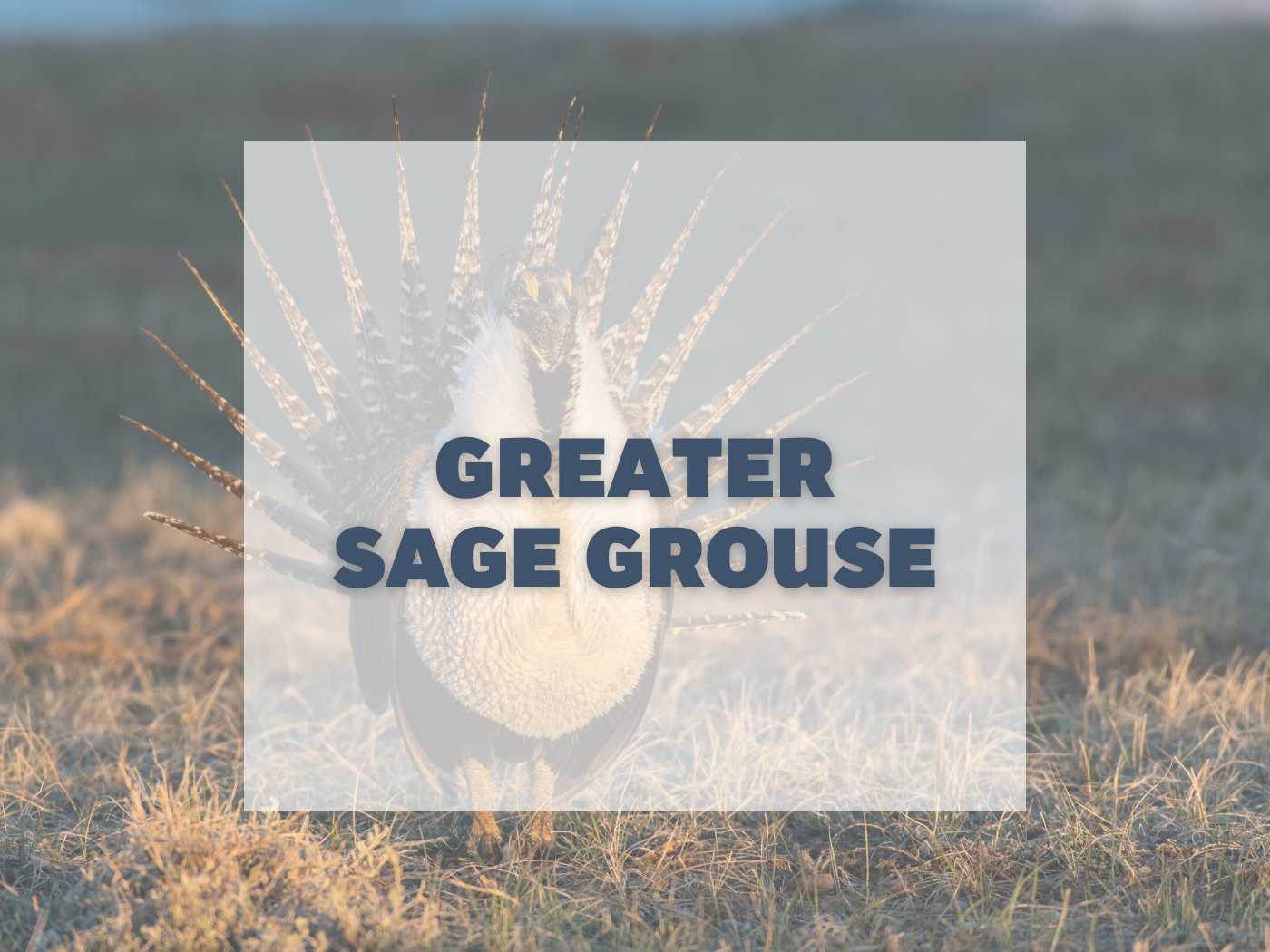
STATUS UPDATE: CHANGES TO PROPOSED RMPA RELEASED ON 9/2/25. COMMENT PERIOD OPEN UNTIL 10/3.
The Bureau of Land Management has proposed some changes to their draft sage grouse plans and has released a Notice of Significant Change with an opportunity to comment on those changes. The comment deadline is October 3. For the cattle industry, the most notable changes relate to the stubble height requirement in the habitat indicators table. For Idaho and pertinent to our industry, the plan has changed from requiring a 7” stubble height to “suitable nesting cover”. The plan has also incorporated some references to the University of Idaho’s recently finalized Grouse and Grazing study which found that livestock grazing had no negative impact on the species. In the plan’s adaptive management section, it has also been updated to emphasize that no changes to livestock grazing should be made unless it is proven to be a causal factor in tripping a large scale habitat or population trigger. These are important changes that ICA and the state of Idaho have been working for. However, ICA has some remaining concerns with the original document that have not been addressed in the proposed changes and we have provided comment to the BLM detailing these concerns.
————————————————————————————————————————————————————————-
This plan will govern the Bureau of Land Management’s (BLM) efforts to conserve the greater sage grouse. The proposed plan will ‘ramp up’ sage grouse conservation by using several existing land management mechanisms and the Resource Management Plan Amendment (RMPA) will amend 77 separate land use plans currently in place across 10 Western states. Additionally, the draft Environmental Impact Statement (EIS) includes new Areas of Critical Environmental Concern (ACEC) totaling up to 11.1M acres.
Background : Greater Sage Grouse were first petitioned as an endangered species in the early 2000s. Although they weren’t listed, rather ‘warranted, but precluded’ by the U.S. Fish & Wildlife Service, the federal management agencies consider it to be a sensitive species and have consequently worked to change their land management plans to incorporate sage grouse habitat protections. In 2015, the first sage grouse federal management plans were issued and this plan called for the implementation of restrictive sage brush focal area and sought to regulate grazing. In 2019, when the plans were updated, they more closely mirrored Idaho state’s plan and our (Idaho Public Lands Council) agreed upon recommendations.
Why is this important to cattle producers in Idaho?
With regard to the 8/25/25 Notice of Significant Change, for Idaho and pertinent to our industry, the plan has changed from requiring a 7” stubble height to “suitable nesting cover”. The plan has also incorporated some references to the University of Idaho’s recently finalized Grouse and Grazing study which found that livestock grazing had no negative impact on the species. In the plan’s adaptive management section, it has also been updated to emphasize that no changes to livestock grazing should be made unless it is proven to be a causal factor in tripping a large scale habitat or population trigger.
—————————————————————————————————————————————————————————–
Idaho’s public lands constitute approx. 66% of the state and as part of multiple use, livestock grazing is a vital element of maintaining these lands. Additionally, many livestock operators utilize private lands, and in both cases, changes could impact management of both landscapes, growing the threat to the progression of functional rangeland improvements. Additionally, the implementation of this plan will greatly affect how grazing, and other uses, are managed on public land.

Does ICA support this proposed action?
Idaho & western cattlemen have proven their commitment to long term, productive sage grouse habitats. ICA has member driven resolution that calls on the administration to acknowledge and promote the importance of strong western ranches in providing the benefit of continued stewardship, as well as calls on the administration to return agency management plans to the simple, yet highly efficacious principles of the Idaho state plan.
How do I take action?
You can participate by commenting through the link below, via the federal register. ICA will continue to submit comments on issues as a representative of its members, but this is a quick and easy way to submit comments as an individual.
You can use these points when crafting your submission, as well as review ICA’s draft comments.
“I support the removal of the 7” stubble height requirement in the Habitat Indicators Table and replacing it with “suitable nesting cover”, as indicated on page 22 of the proposed changes document. The University of Idaho’s recently completed Grouse and Grazing study found that livestock grazing had no negative impact on nest success of sage grouse. Therefore, the BLM should not establish rigid grass height requirements.”
“The Idaho Cattle Association has reviewed the proposed document in detail and provided written comment regarding its impact on the cattle industry. As a member of the association, I support their comments and ask that the BLM incorporate their concerns and suggestions before the plan is made final. ”
